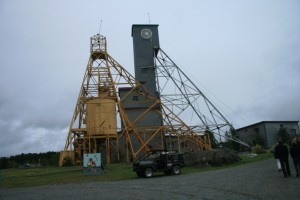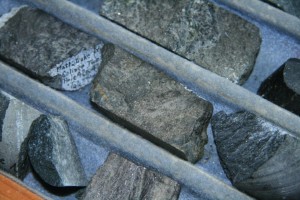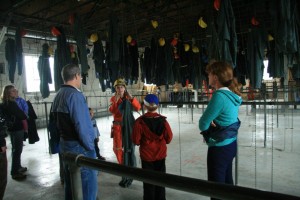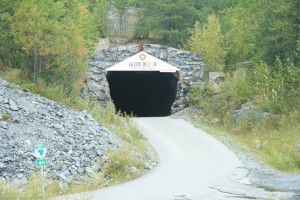A chance reflection from the bottom of Long Lake in the summer of 1903 sparked the

greatest silver discovery in Ontario. It wasn’t long before Cobalt was a fiery word spoken around the world wherever potential investors could be found.
The silver was first discovered by a couple of foresters who were picking out tracts of rich timber for the railway that was pushing into the area from North Bay and expecting to reap a big profit by logging areas relatively untouched because of their long distance to market.
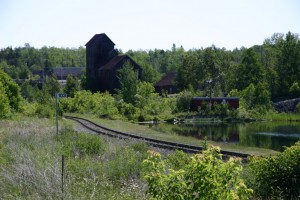
To check out the rumours of silver an Ontario Provincial geologist came to the site. He too spotted the silver and also found some samples of the mineral cobalt. He painted Cobalt on a sign and erected it at the south end of the lake.
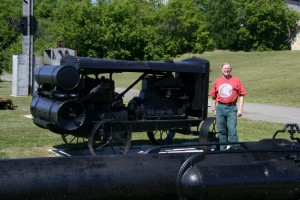
There, in the Ontario wilderness, the town of Cobalt sprang to life and grew rapidly to over 10,000 people. Before the town had its 3rd birthday it was levelled by an exploding dynamite cache. Subsequent fires and influenza struck the town but it has survived.
The two foresters had started a silver bonanza and by 1908 the McKinley-Darraugh Mine was producing tons of rich silver ore. That intensified the search. If there was silver in one spot, maybe it was in others, and a multitude of mines became the proof of that theory.

The ore was extremely rich producing over 500,000 ounces of silver, but the veins were shallow. By the beginning of the 1920’s with a large number of mines actively mining, the ore was running out for some mines and it was not too long before the population shrank. The town did not die as has happened to so many mining towns. It’s not a ghost town but is a quiet place with many historic buildings, although it has lost many to the rampages of fire.
You will find people very friendly and ready to direct you to interesting places. You
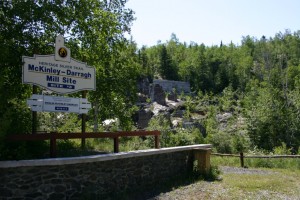
definitely will want to stop at the Cobalt Mining Museum which is surprisingly spacious inside. It has a large display of silver ore as well as other mineral and rock displays. There is a wonderful display of fluorescent rocks that is really magnificent. In addition to the rocks and minerals you can check out the large collection of mining and prospecting equipment.
The Train Station Welcome Centre is just down the hill from the museum and contains a military museum display.
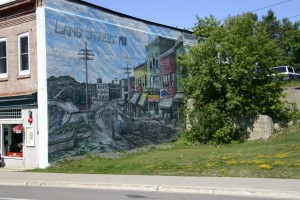
Today the Heritage Silver Trail is a self guided six kilometer trail visiting some of the closer historical mines and showing you a variety of aspects of mining. This is an interesting drive for those who like history, and ghostly ruins. It’s quiet, yet if you listen very hard, you maybe can hear the sounds of mining, the explosions, the noise of the mills, and the tramp of tired miners going home after their day’s work.
Happy RVing
For more than four decades James Stoness has travelled the roads of North America, photographing and writing about what he has seen. His travel articles and beautiful pictures have been published in several magazines and newspapers. He is also the author of five western novels.
Cobalt is one of the many wonders visited in his scenic travel guide book, “Canada: Beyond the Far Horizons”
Visit his website at: www.stonesstravelguides.com
